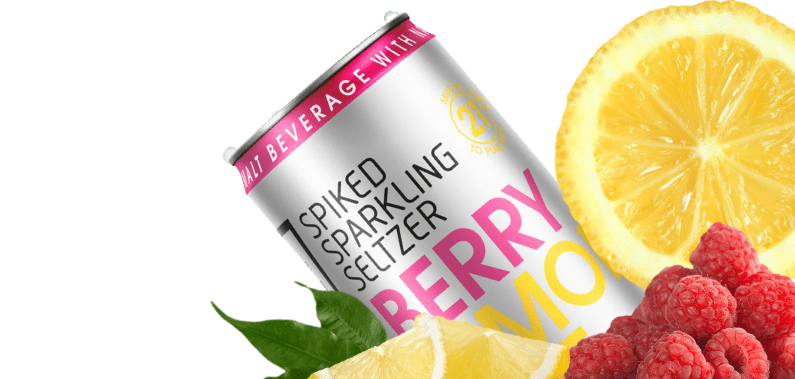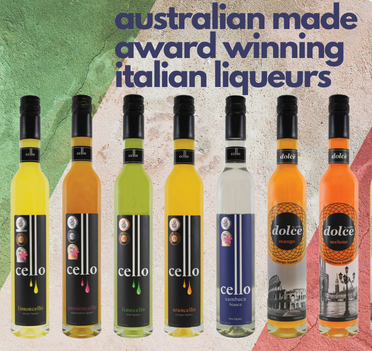Organic and biodynamic wines are two different styles of wine that are either modern or more ancient in nature. The main difference is organic wines use natural methods to grow raisin grapes, while biodynamic wines use herbs and plants to grow raisin grapes.
For health conscious people, organic wine is a great option as it doesn’t contain any synthetic ingredients. Organic wine grown and processed without pesticides or other chemical additives, so it reacts best with organic produce.
What is organic and biodynamic wine?
Organic and biodynamic wines are made using grapes that are grown without the use of synthetic pesticides or herbicides. The grapes are also grown using organic farming practices, such as composting and crop rotation. Biodynamic wines are made using grapes that are grown in harmony with the natural rhythms of the earth.
The History of Organic and Biodynamic Wine
Organic and biodynamic wine is wine made from grapes grown in accordance with principles of organic farming and biodynamic agriculture. Both organic and biodynamic wines are produced without the use of synthetic chemicals, pesticides, or herbicides. Biodynamic wines are also made using specific viticultural and winemaking practices that follow the lunar cycle and other cosmic rhythms.
The history of organic and biodynamic wine is rooted in the early 20th century, when a number of farmers and scientists began to experiment with alternative ways of growing crops and raising livestock. One of the earliest pioneers of organic agriculture was Austrian philosopher Rudolf Steiner, who developed the principles of biodynamics in the 1920s. Steiner believed that all agricultural systems should be in harmony with nature, and his ideas were influential in the development of both organic and biodynamic viticulture.
General Guidelines for Selecting Organic and Biodynamic Wine
When it comes to organic and biodynamic wine, there are a few general guidelines you can follow to make sure you're getting a quality product. First, check the label to see if the wine is certified organic or biodynamic. This certification guarantees that the grapes used to make the wine were grown without the use of synthetic pesticides or fertilisers.
Secondly, pay attention to the vintage. Older vintages may not be held to the same strict standards as newer ones, so it's important to do your research. Thirdly, take note of the region where the wine is from. Certain regions are known for their high-quality organic and biodynamic wines, so this can be a good indicator of quality.
How to Pair Organic and Biodynamic Wine with Food
One of the great things about organic and biodynamic wines is that they can be paired with a variety of different foods. Whether you're looking for a light, refreshing wine to enjoy with a summer salad or something heartier to pair with a winter stew, there's an organic or biodynamic wine out there that will fit the bill. Here are a few tips on how to pair organic and biodynamic wines with food.
- When pairing white wines with food, look for dishes that are not too heavy or rich. Seafood, poultry, and vegetable dishes are all good choices.
- For red wines, heartier fare is usually best. Dishes like steak, lamb, and game are all good options.
Common Misconceptions about Organic and Biodynamic Wines
Organic and biodynamic wines are often misunderstood. Here are some common misconceptions about these types of wines:
- Organic and biodynamic wines are expensive. This is not necessarily true. While some organic and biodynamic wines may be more expensive than conventional wines, there are also many affordable options available.
- Organic and biodynamic wines are only available from specialty stores. Again, this is not the case - CellarsMarket has you covered! We have a huge selection of organic and biodynamic wines all within access of a few clicks.
- Organic and biodynamic wines are not as good as conventional wines. This is simply not true. There are many excellent organic and biodynamic wines on the market today that can compete with the best conventional wines in terms of quality and taste.
Subcategories Subcategories
Refine Product Search Refine Product Search
- $19
- $380
$ – $
-
}
-
-
No items found matching the search criteria
Show all Show less






















































 Login with Google
Login with Google
